Homoplasy —— The Recurrence of Similarity in Evolution
----- 同质化:进化中相似性的重现
Implications of homoplasy: explanations of homoplasy at different levels of biological organization, D.R. Brooks, homoplasy connections and disconnections - genes and species, molecules and morphology, J.J. Doyle, the relationship be-tween homoplasy and confidence in a phylogenetic tree, M.J. Sanderson and M.J. Donoghue, nonfloral homoplasy and evolutionary scenarios in living and fossil land plants, R.M. Bateman, behavioural characters and homoplasy - perception versus practice, H.C.Proctor measures of homoplasy: measures of homoplasy, J.W. Archie, the measurement of homoplasy - a stochastic view, J.T. Chang and J. Kim gen-eration of homoplasy: complexity and homoplasy, D.W. McShea, exaptation, adaptation, and homoplasy - evolution of ecological traits in dalechampia vines, W.S. Armbruster, patterns of homoplasy in behavioural evolution, S.A. Foster, W.A. Cresko, K.P. Johnson, M.U. Tlusty, and H.E. Willmott, ontogenetic evolution, clade diversification, and homoplasy, L. Hufford, homoplasy in angiosperm flowers, P.K. Endress Appendices: families and genera with completely trimerous flowers families and genera with flowers that are trimerous except for the gynoecium families and genera with flowers that are trimerous except for the adnorecium, which is polymerous families and genera with flowers that are trimerous except for the calyx, which is pentamerous homoplasy and the evolutionary process - an afterword, M.J. Sanderson and L. Hufford.
{{comment.content}}
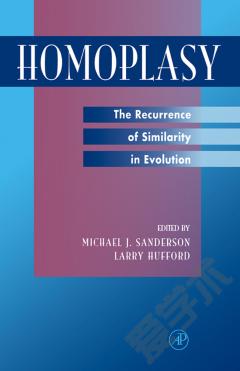
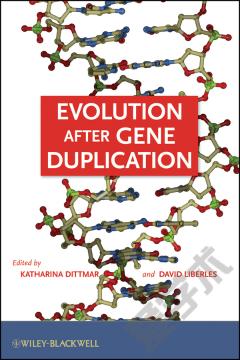
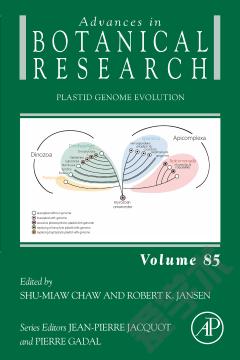
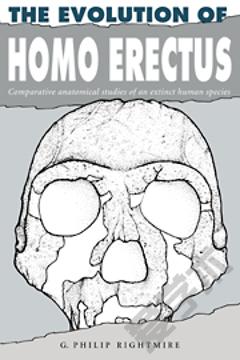


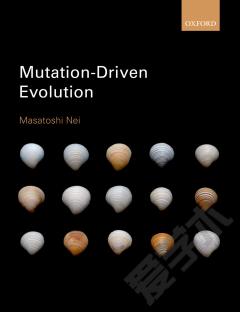

 京公网安备 11010802027623号
京公网安备 11010802027623号